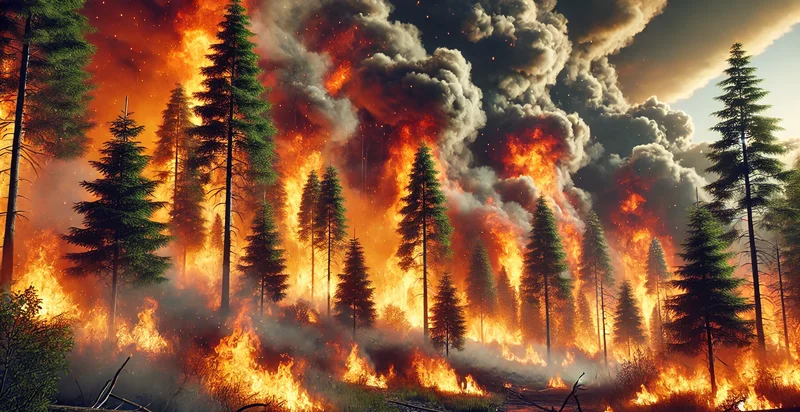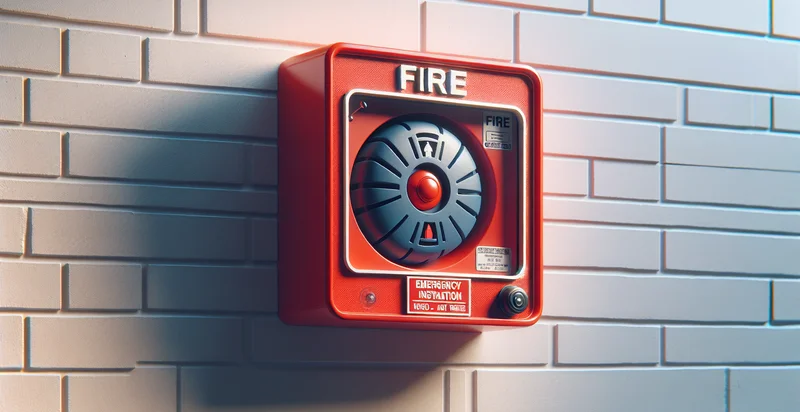Identify fire
using AI
Below is a free classifier to identify fire. Just upload your image, and our AI will predict if there's a fire or not - in just seconds.


For informational purposes only. Nyckel is not offering official safety advice.
Contact us for API access
Or, use Nyckel to build highly-accurate custom classifiers in just minutes. No PhD required.
Get started
import nyckel
credentials = nyckel.Credentials("YOUR_CLIENT_ID", "YOUR_CLIENT_SECRET")
nyckel.invoke("fire-identifier", "your_image_url", credentials)
fetch('https://www.nyckel.com/v1/functions/fire-identifier/invoke', {
method: 'POST',
headers: {
'Authorization': 'Bearer ' + 'YOUR_BEARER_TOKEN',
'Content-Type': 'application/json',
},
body: JSON.stringify(
{"data": "your_image_url"}
)
})
.then(response => response.json())
.then(data => console.log(data));
curl -X POST \
-H "Content-Type: application/json" \
-H "Authorization: Bearer YOUR_BEARER_TOKEN" \
-d '{"data": "your_image_url"}' \
https://www.nyckel.com/v1/functions/fire-identifier/invoke
How this classifier works
To start, upload your image. Our AI tool will then predict if there's a fire or not.
This pretrained image model uses the Fire Smoke CV Project dataset and has 3 labels, including Fire, Smoke, or Safe.
We'll also show a confidence score (the higher the number, the more confident the AI model is around if there's a fire or not).
Whether you're just curious or building fire detection into your application, we hope our classifier proves helpful.
Related Classifiers
Need to identify fire at scale?
Get API or Zapier access to this classifier for free. It's perfect for:
- Industrial safety: Detects smoke or fire in manufacturing facilities. Triggers early warning systems to prevent industrial accidents.
- Forest management: Identifies wildfires in remote forest areas. Allows for rapid response to contain forest fires before they spread.
- Smart home systems: Detects smoke or fire in residential buildings. Alerts homeowners and emergency services for quick intervention.
- Data centers: Monitors for signs of fire in server rooms. Protects critical infrastructure from fire-related damage.
- Oil and gas facilities: Identifies potential fire hazards in refineries and drilling sites. Prevents catastrophic incidents in high-risk environments.
- Public transportation: Detects smoke or fire in buses, trains, and subways. Ensures passenger safety by enabling quick evacuation procedures.
- Warehouse management: Monitors large storage facilities for signs of fire. Protects inventory and personnel by enabling swift firefighting response.

